Agricultural finance is crucial to support the growth of the agricultural sector. Indeed, it is essential for food security, job creation, and overall economic growth. This synthesis report presents a summary of research studies on five key areas of agricultural finance innovation prepared under the G20 Global Partnership for Financial Inclusion (GPFI), as well as the presentations and discussions of these study findings during the “G20 Roundtable on Innovations in Agricultural Finance” convened on September 9, 2015 in Antalya, Turkey by the Small and Medium Enterprise (SME) Finance Sub-Group
Feasibility study
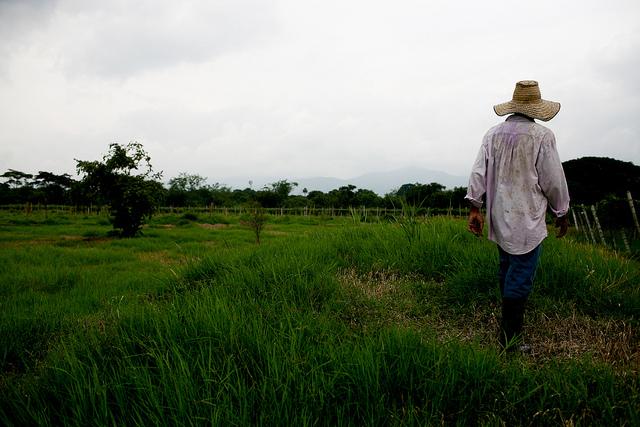
Content owner:
Full publication available here Considering that the microinsurance market in Jamaica is a nascent one, in order to promote its development it is essential to: (i) confront the identified supervisory and regulatory obstacles in order to incentivise providers to offer microinsurance products responsibly; (ii) encourage providers to realise the potential of the microinsurance market to innovate and offer products with value; (iii) promote demand, (iv) but at the same time foster trust by protecting microinsurance consumers and making sure that they will be empowered to use the microinsurance
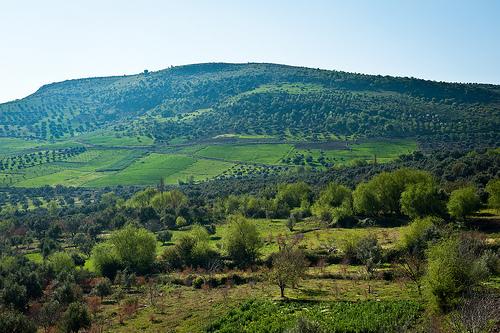
Content owner:
Topics:
Papua New Guinea (PNG) is a lower middle income country located in the Asian-Pacific region. Agriculture is the predominant source of livelihood in the country, with the agricultural sector accounting for 67% of the total labor force and 35% of the GDP in 2010. PNG has a very high exposure to earthquake, tsunami and volcanoes as well as being affected by climatic perils including tropical cyclones and the influence of the El Nino Southern Oscillation (ENSO) cycle which brings with it extremes of drought and excess rain and flooding. The Government of PNG identifies that agriculture has and
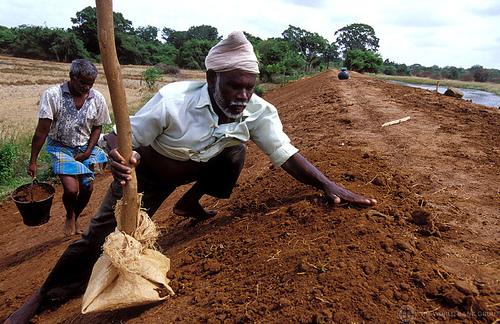
Content owner:
Topics:
Jamaica faces a variety of natural hazards and, on a combined-hazard basis, is among the most vulnerable countries in the world . It lies in the center of the Atlantic hurricane belt, on a complex area of the northern Caribbean Plate margin, and is subject to tropical rainfall and erosion processes. Agriculture in Jamaica is vulnerable to various risks ranging from extreme winds, extreme rain and droughts . However, a large part of the agricultural sector, including large integrated supply chains as well as small farmers, is absorbing all the climate risks, without any risk out-transfer
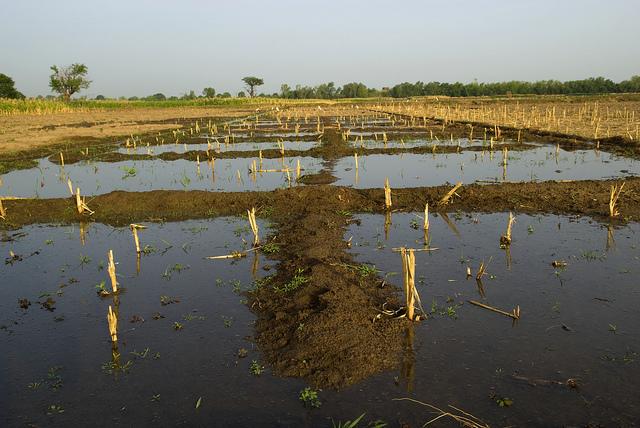
Content owner:
Topics:
The recent path of Tropical Storm Isaac in September 2012 caused the destruction of plantain fields in the South Region. This situation forced the national authorities to provide in-kind assistance (i.e. planting materials, fertilizers, cleaning labor, land preparation) to the most affected farmers. Although some private insurers provide agriculture insurance, the Ministry of Agriculture does not have a pre-defined budget to tackle the negative effects caused by events in the agricultural sector while it faces significant contingent liabilities in this sector. The Ministry of Agriculture of
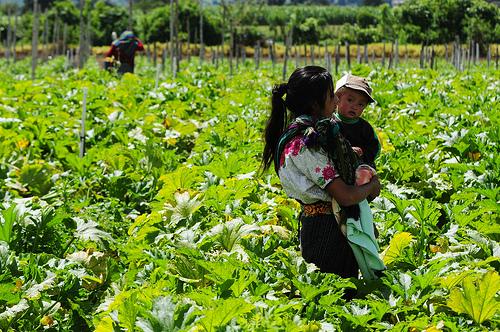
Content owner:
Topics:
Argentina’s agriculture sector is very vulnerable to weather risks. For instance, cotton in the Chaco Province - the most important cotton producing area in Argentina and the third poorest province - is very exposed to drought, excess rainfall and pests. Similarly, cattle-rearing in South West Buenos Aires Province is very exposed to droughts which impact severely on pasture production. In 2011, the Government of Argentina through the Ministry of Agriculture, Livestock and Fisheries (MAGyP), requested the World Bank to conduct a feasibility study for the development of a suitable index-based
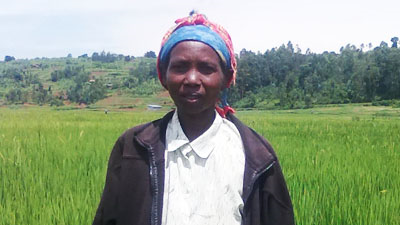
Content owner:
Agricultural insurance was introduced in Nigeria in 1987 through the creation of the Nigerian Agricultural Insurance Scheme (NAIS). In 1993, the private company in charge of underwriting and implementing the NAIS was dissolved and replaced by a public-sector corporation, the Nigerian Agricultural Insurance Corporation, NAIC. Currently, NAIC oversees a portfolio of crop, forestry, livestock, poultry and aqua-culture insurance and also non-life commercial insurance lines. NAIC has received government support both in the form of the initial capitalization of the company and 50 percent premium
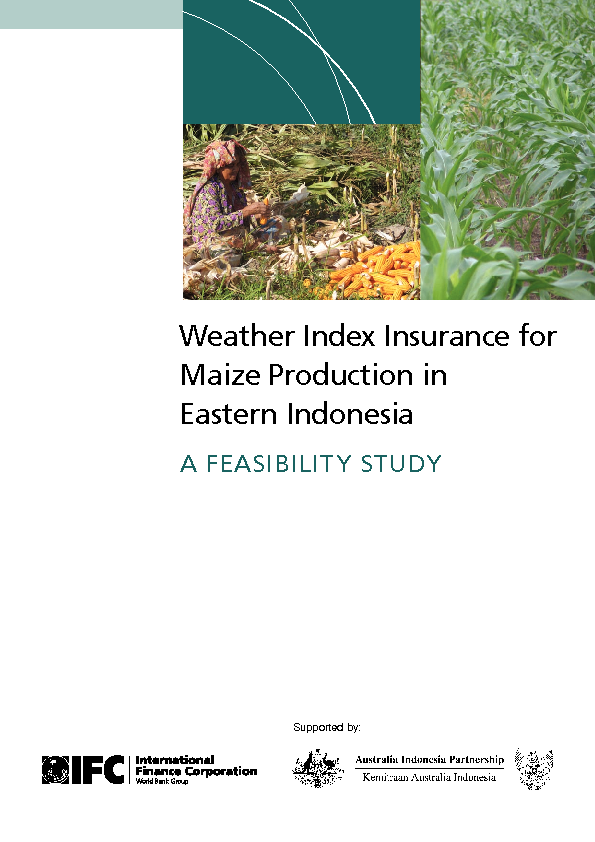
This study explores the feasibility of weather index insurance (WII) in providing cost-effective ways for rural dwellers to manage risk and better cope with catastrophic events. The case study analyzed is drought coverage for maize production risk in Eastern Indonesia. Indonesia is considered one of the more vulnerable countries to hydro-meteorological risks in Asia. In some agricultural areas, harvest and production dip significantly during ENSO (El Niño Southern Oscillation) events due to belownormal rainfall. Indonesian production is highly dependent upon rainfall. Only 17 percent of the
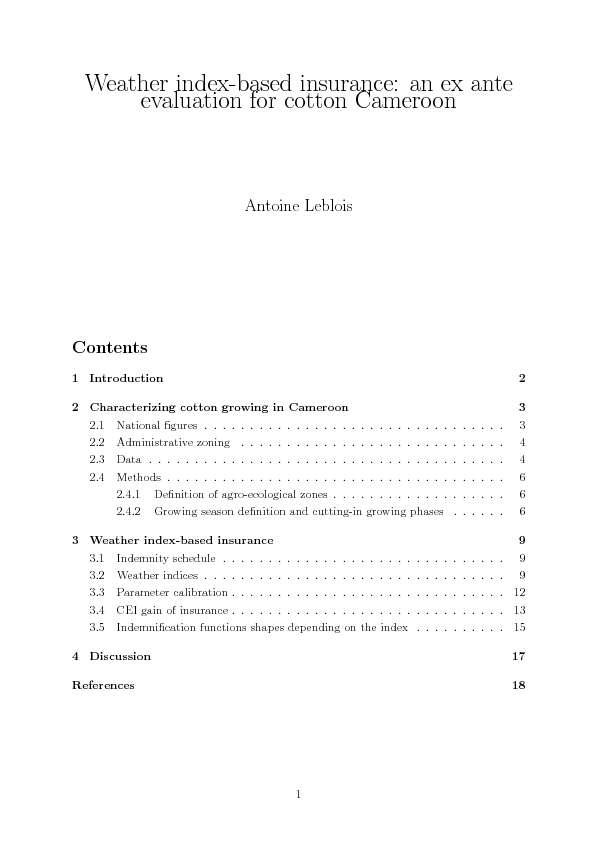
Content owner:
Topics:
Full Publication Cotton is the major cash crop of Cameroon, however, even if it represents a quarter of agricultural exports it is only about six percent of total exports (Gergerly, 2009). The cotton society: SODECOTON (Soci´et´e de D´eveloppement du Coton du Cameroun) and the CMDT its Malian counterpart, are the only West African cotton societies that are still public monopsonies. Those parastatals are thus the only agent in the country to buy cot- ton from producers at pan-seasonally and -territorially fixed price (Delpeuch and Leblois, forthcoming). The national cotton producers
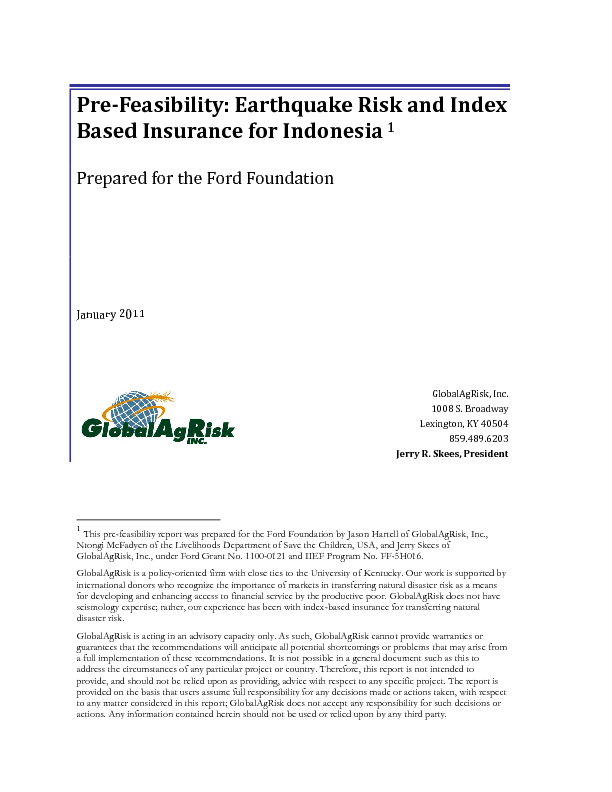
Content owner:
Ford Foundation
Topics:
Full Publication This pre-feasibility report was prepared for the Ford Foundation by Jason Hartell of GlobalAgRisk, Inc., Ntongi McFadyen of the Livelihoods Department of Save the Children, USA, and Jerry Skees of GlobalAgRisk, Inc., under Ford Grant No. 1100-0121 and IIEF Program No. FF-5H016. GlobalAgRisk is a policy-oriented firm with close ties to the University of Kentucky. Our work is supported by international donors who recognize the importance of markets in transferring natural disaster risk as a means for developing and enhancing access to financial service by the productive poor
